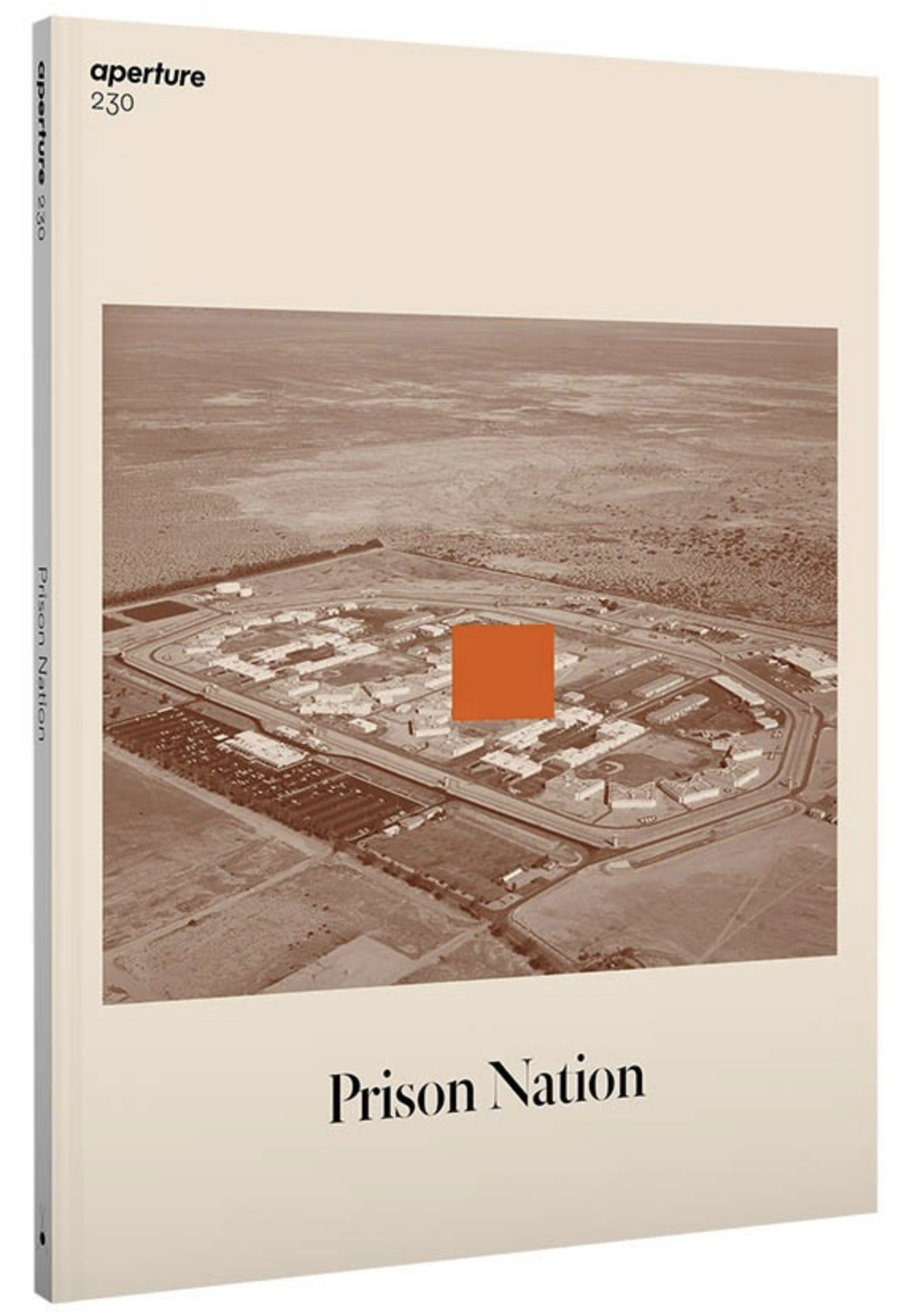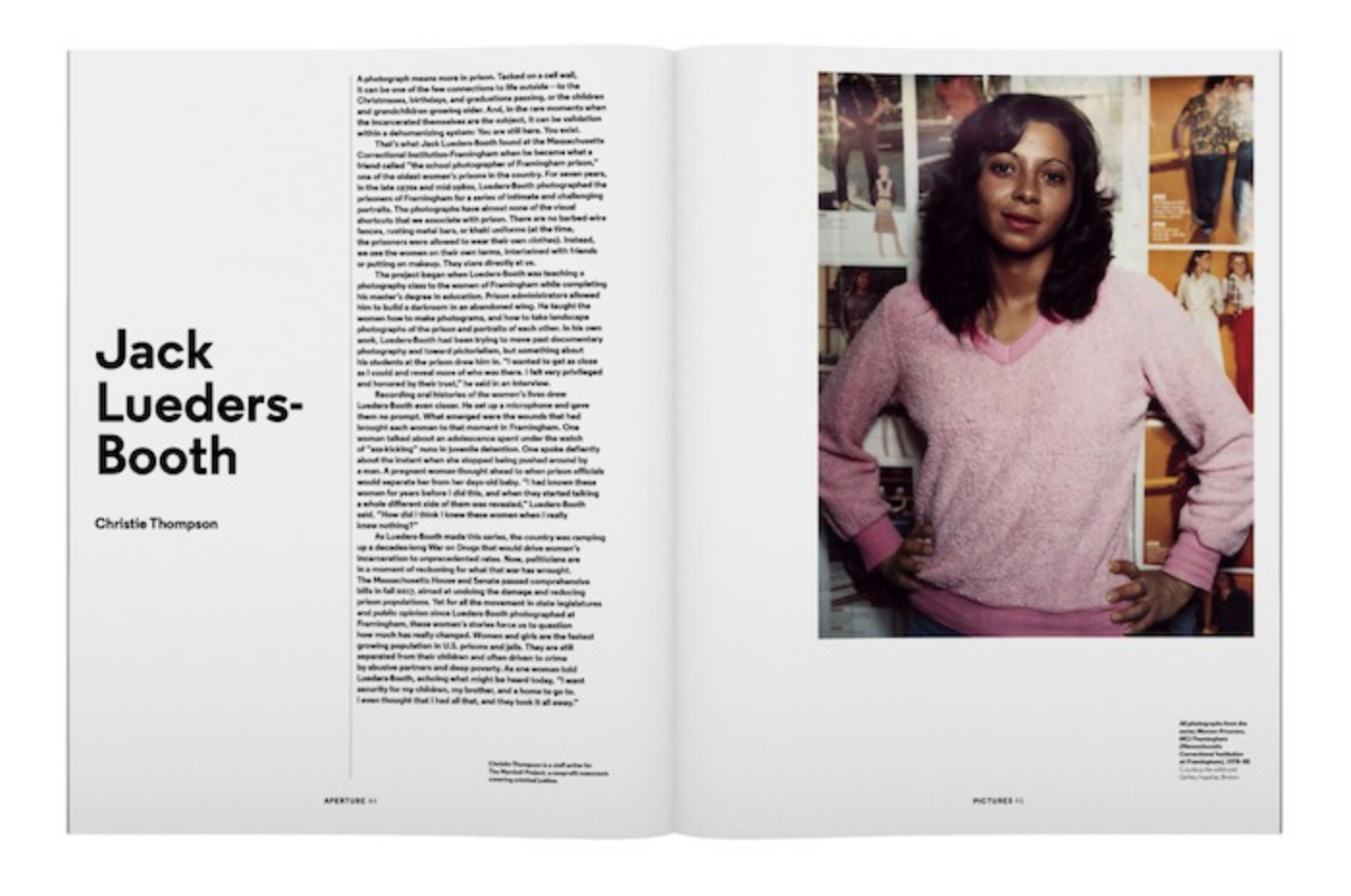What to See in New York Art Galleries This Week
By Holland Cotter
March 1, 2018
‘Prison Nation’
Through March 7. Aperture Foundation, 547 West 27th Street, fourth floor, Manhattan; 212- 505-5555, aperture.org.
Aperture Foundation often produces exhibitions to complement issues of its photography quarterly, Aperture magazine. Such is the case with “Prison Nation,” a stirring show about mass incarceration in the United States, with the historian Nicole R. Fleetwood doing double duty as curator and issue editor.
Between what’s on the wall and what’s in print there’s a lot of history. In the magazine, the lawyer Bryan Stevenson, founder of the Equal Justice Initiative in Montgomery, Ala., and author of the 2014 memoir “Just Mercy,” traces the disproportionate degree of African-American incarceration back to 18th-century slavery, when American citizenship was restricted to property-owning white men. And in photographs in the show from the 1960s and ’70s by the folklorist Bruce Jackson, we see 20th-century East Texas prison farms that were, in effect, cotton plantations that used racially segregated forced labor.
Far from being coolly documentary, though, many of the images in the show are personal. The artist Jamel Shabazz, renowned for his images of contemporary black street fashion, and his fellow New York photographer Lorenzo Steele Jr., both worked as correction officers on Rikers Island in the 1980s. Their on-the-job pictures of colleagues offer a counterweight to the usually negative view of prison staff.
And, in general, the show gives a warmer image of prison life than we’re accustomed to seeing: in Jack Lueders-Booth’s beautiful 1970s color portraits of inmates at the Massachusetts Correctional Institution-Framingham, one of the oldest women’s prisons in the country; in Lucas Foglia’s images of prisoners tending to Rikers Island flower gardens; in the artwork created from soap bars and newsprint photographs by a former inmate, Jesse Krimes; and in Deborah Luster’s extraordinary, monumental 2013 portraits of prisoners dressed for roles in an Easter passion play in the Louisiana State Penitentiary at Angola.
The humanizing perspective of “Prison Nation” is deeply moving and long overdue. It’s crucial to remember, though, the unforgiving realities of incarceration. A majority of the prisoners at Angola, which is built on the site of several former slave plantations, are serving life sentences, either by judicial decision or by default. According to a text accompanying Ms. Luster’s photographs, some 90 percent of inmates who enter Angola, at whatever age, for whatever crime, are expected to die there.
HOLLAND COTTER
A version of this article appears in print on
March 2, 2018, Section C, Page 18


